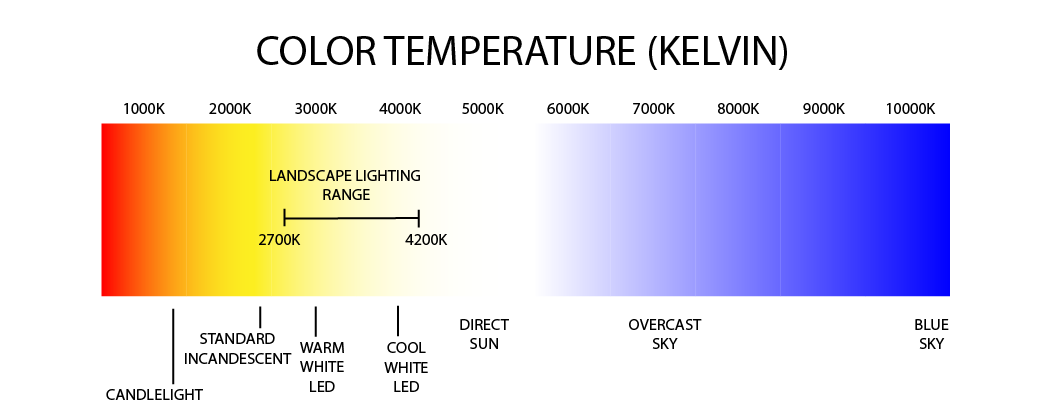Views: 0 Author: Site Editor Publish Time: 2025-06-02 Origin: Site








As an industry leader in automotive lighting solutions, we transcend basic illumination to delve into the science of visibility. Our comprehensive guide is crafted for a discerning audience of automotive enthusiasts, professional drivers, and safety advocates, offering an in-depth exploration into the crucial aspect of LED driving lights: color temperature. This guide is designed to empower you with the knowledge to select lighting solutions that not only enhance driving safety and efficiency but also elevate aesthetic appeal, meticulously tailored to your specific driving environments and preferences.

Color temperature, measured in Kelvin (K), stands as a critical parameter in automotive lighting, significantly influencing visibility, driver fatigue, and hazard perception. It defines the spectral composition of light emitted from a source, spanning from warm hues (lower Kelvin values) to cool hues (higher Kelvin values). Grasping this spectrum is essential for selecting LED driving lights that align with your vehicular activities and environmental conditions.

Warm White (2700K - 3500K): Reminiscent of halogen bulbs, these lights emit a yellowish hue, excelling in minimizing glare from reflective surfaces. Ideal for adverse weather conditions like fog, heavy rain, or snow, this range is particularly advantageous for drivers in weather-challenged regions, enhancing visibility and reducing ocular strain.
True White (3500K - 5000K): Mimicking midday sunlight, this spectrum delivers the purest color perception and contrast, versatile across an extensive array of driving scenarios, from urban thoroughfares to secluded trails. True white is recommended for drivers seeking a harmonious balance between comfort and clarity, ensuring precise color recognition and minimal visual fatigue.
Cool White (5000K - 6500K): Paralleling daylight, this category offers unparalleled visibility and contrast, particularly in low-light conditions. It shines in unveiling details and potential hazards on open roads, favored by long-haul drivers and off-road adventurers in pursuit of maximum visibility and road safety.

Understanding the nuances of color temperature enables a tailored lighting approach:
For Urban Environments: Opting for True White (3500K - 5000K) enhances visibility without overwhelming urban lighting, providing a balanced luminance that improves the nighttime driving experience within metropolitan limits.
For Rural and Off-Road Adventures: Cool White (5000K - 6500K) delivers the penetrating brightness necessary to illuminate uncharted paths and rugged terrains, accentuating obstacles and road margins for safer navigation.
For Adverse Weather Conditions: Warm White (2700K - 3500K) mitigates reflection and glare from moist surfaces and airborne particulates, fostering a safer driving experience during fog, rain, or snow.
In the quest for superior automotive lighting, the understanding and selection of appropriate color temperature are paramount. It transcends mere aesthetic considerations, touching on safety, performance, and personal preference. Our commitment to educating our customers on these critical aspects underscores our dedication not just to selling lights but to providing a holistic vehicular lighting solution that enhances the driving experience.